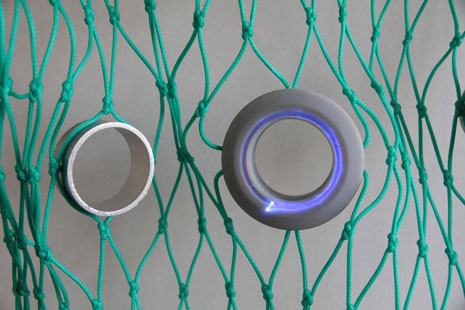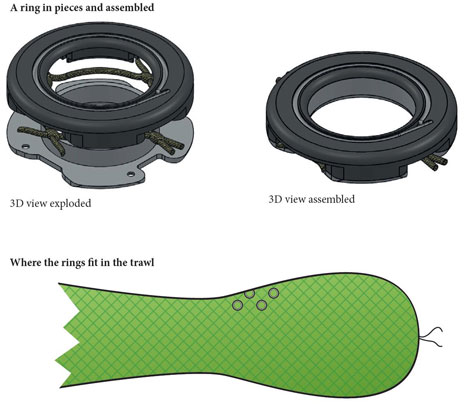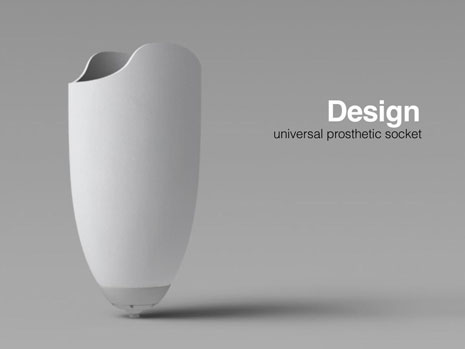
Royal College of Art (RCA) graduate Dan Watson has been awarded the coveted James Dyson Award for SafetyNet, a fishing net with in-built rings that enables juvenile and endangered fish to easily escape unharmed.
Watson beat off the other 14 international finalists, who all created products in answer to the design brief ‘Design something that solves a problem’, to emerge as the winner of this coveted award run by the James Dyson Foundation, James Dyson’s charitable trust. Watson walks away with £10,000 for himself, £10,000 for his university department and of course a certificate and trophy, which will no doubt take pride of place on his mantlepiece.
When awarding the first prize James Dyson said:
“This tangible technology approaches a serious environmental problem, we should celebrate it. SafetyNet shows how young graduates like Dan can tackle global issues ignored by established industries in new and inventive ways.”
Watson was inspired to work on the SafetyNet as his final year project having been alerted to some of the issues around the problem of trawling and the fact that commercial fisheries are struggling to fish sustainably. Especially when he discovered that half of the fish caught in the North Sea, many of them juveniles, are thrown back dead. In order to solve this global problem Watson set out to design the SafetyNet, which he has been refining and developing for the past two years thanks to funding from Victorinox.

Essentially the escape rings, which are currently in development, tackle the problem of holes in a net closing up during trawling when under tension. Weighing around 100g and 20mm thick, the rings hold the meshes open. The integrated light not only makes the rings more visible it also stimulates fish escape reactions, guiding them out. With power coming from an on-board energy harvesting system, the fisherman never need worry about replacing the batteries or charging the devices.

Trawling is a very topical and contentious issue and the SafetyNet provides a very simple solution…the best designs often are.
To see the SafetyNet in action and explained in more detail watch the video:
There were also two runners up, each of whom received £2,000. The first is the BETH Project from four students at the Massachusetts Institute of Technology (MIT) in Boston, US. This low-cost, adjustable prosthetic socket aims to bring significant cost savings to the multi-million dollar prosthetic care industry that struggles to meet the needs of low income patients especially in developing countries. Made from remouldable material, it will reduce labour intensive procedures that involve fitting, fabrication, adjustment and eliminating the need to re-fabricate completely.

The second is the Revival Vest James McNab, an industrial design graduate from Victoria University, New Zealand. His life jacket design uses smart fabric technology to monitor the changes in a diver’s body that occur when drowning and brings them safely to the surface.

Although these were the pick of the bunch according to the jury, there were some very innovative designs among the 15 finalists. I especially liked the GiraDora, a human-powered washer and spin dryer. Particularly for use in poor areas such as slums and shanty towns, the user sits on the drum-like appliance and through pumping the device with their foot it agitates, cleans, rinses, then spin-dries clothes. Very clever and useful.

To browse the rest of the finalists visit the James Dyson Award website.






